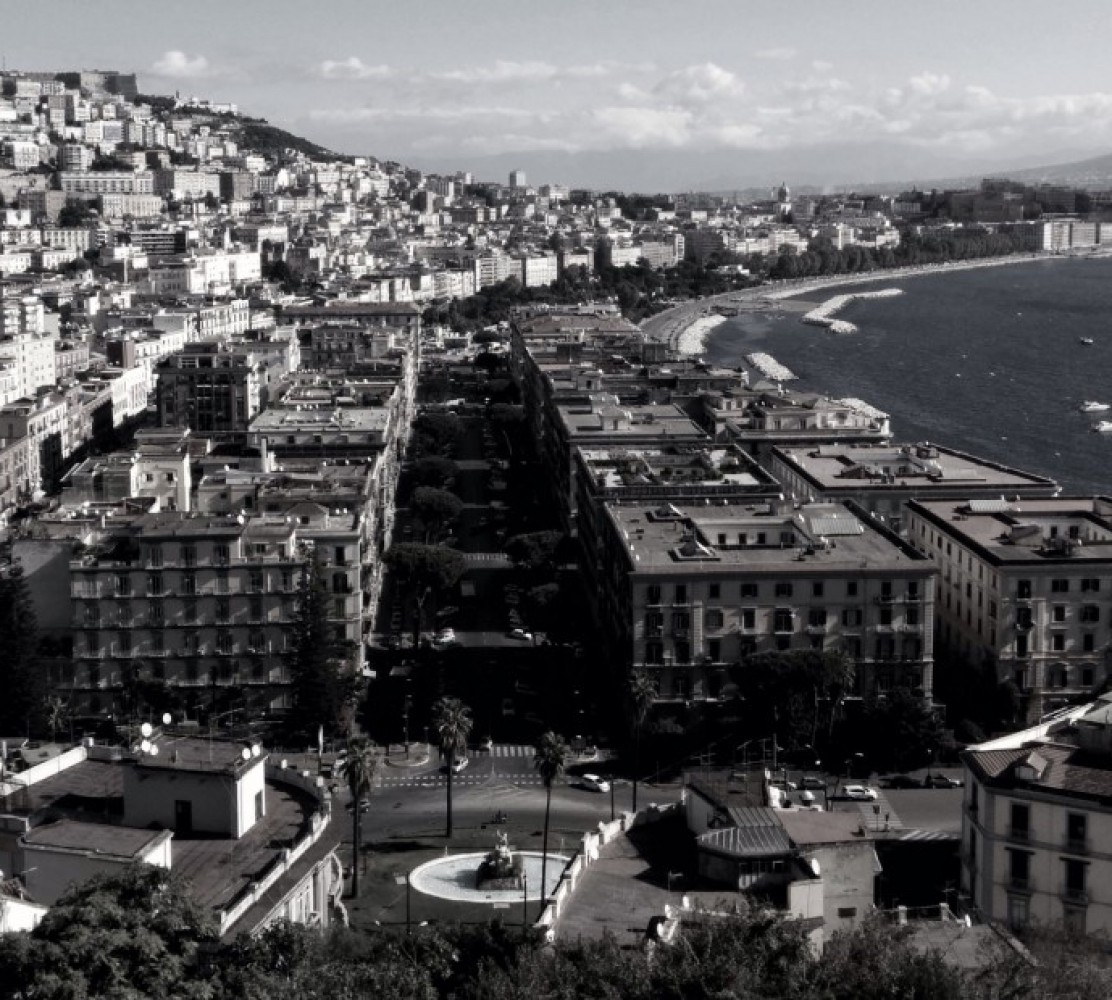A great post below by e-Tinkerbell on Oscar Wilde’s brief, post-imprisonment sojourn with his lover and downfall Bosie Douglas in Naples, at the time noted as ‘a delightful winter residence for those fond of pleasure and gaiety‘.
Picking the story up where the blog finishes, Wilde stayed in Naples after Bosie left:
‘sitting at the Caffè Gambrinus for an afternoon, hoping that some English tourist would recognize him and be charmed enough to pay for a few drinks’.
But most of the English in Naples at the time spurned him. A friend asked him if he could imagine spending the rest of his life in Naples. “No,” he replied, “the cooking is really too bad.’
Shunned, deserted, alone, unable to publish his work or find translators, he finally left Naples — a city he perceptively described as both ‘evil and luxurious’ — for Paris where he would die, a penniless social outcast, two years later at the age of 46.

Many words can be used to describe Oscar Wilde’s genius and personality, but wise is not one of them, to be sure. Having spent two years in jail after having been charged for “gross indecency”, the echoes of the scandal were not over yet, so he decided that Paris would have been a better place to try and start over again. In those months in Paris he could work on his famous “Ballad of Reading Jail”, but the signs of hard labour on his body and the awareness of the terrible humiliation his family had suffered were not enough to make him ignore the reasons of his heart. Against his better judgement, if he had any, Wilde yielded to his desire to see again Lord Alfred Douglas, Bosie, the man who had brought him to a tremendous downfall, so the two decided to spent the winter in Naples…
View original post 571 more words









